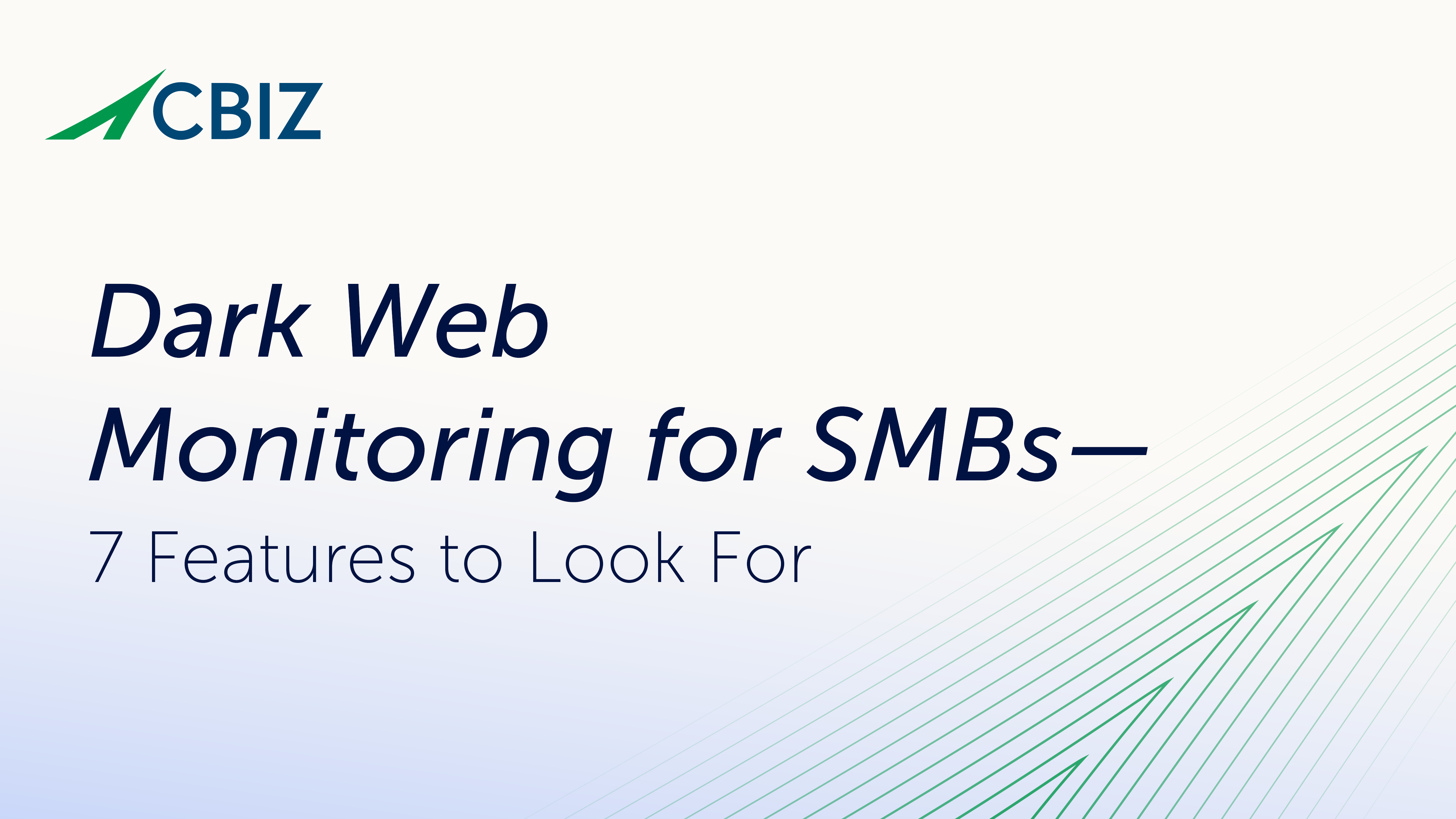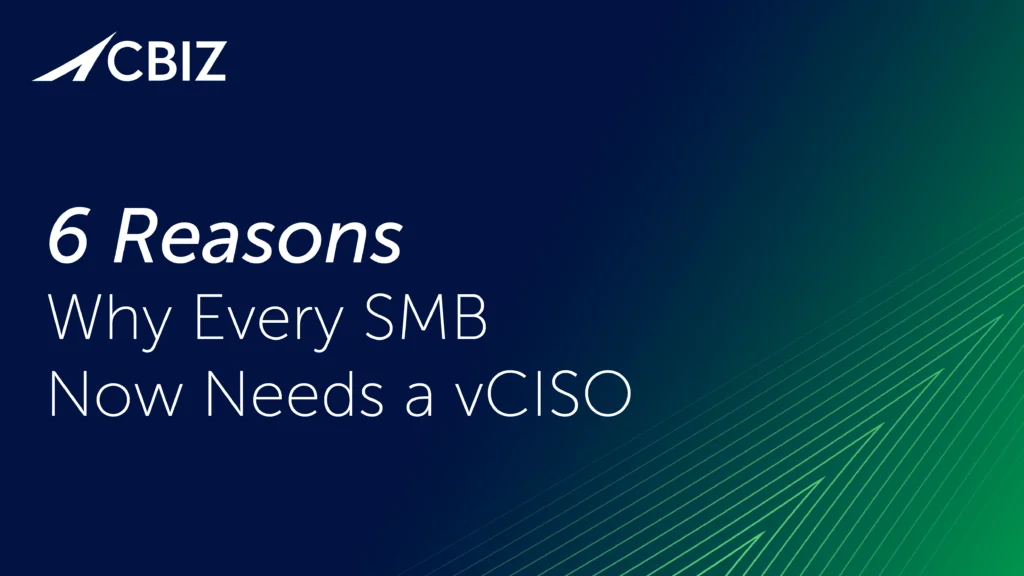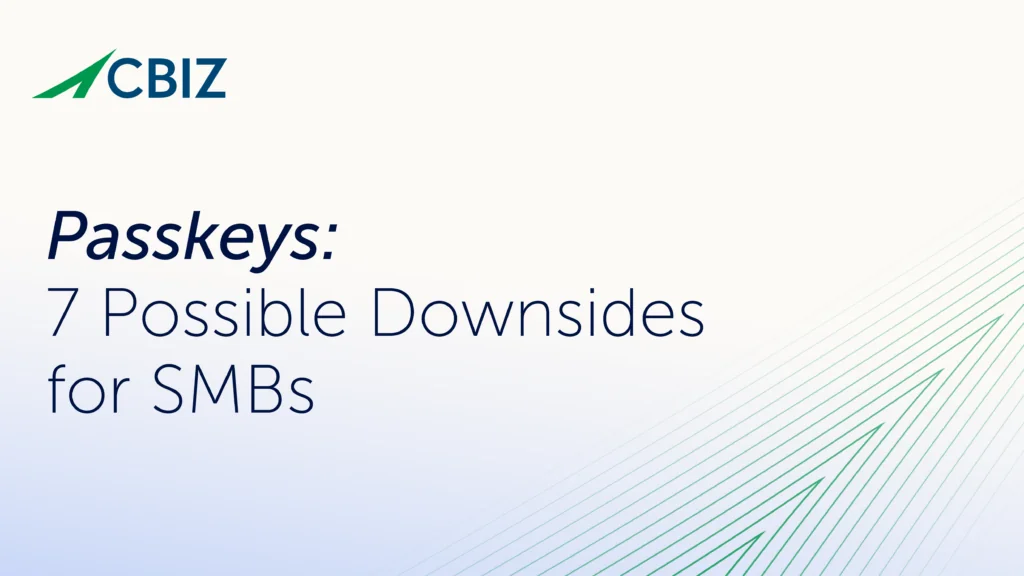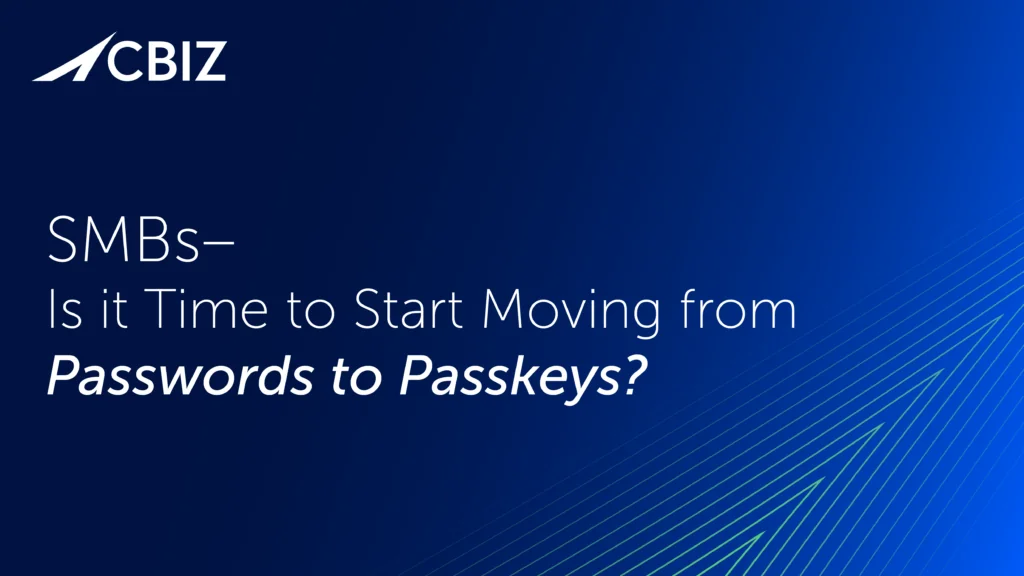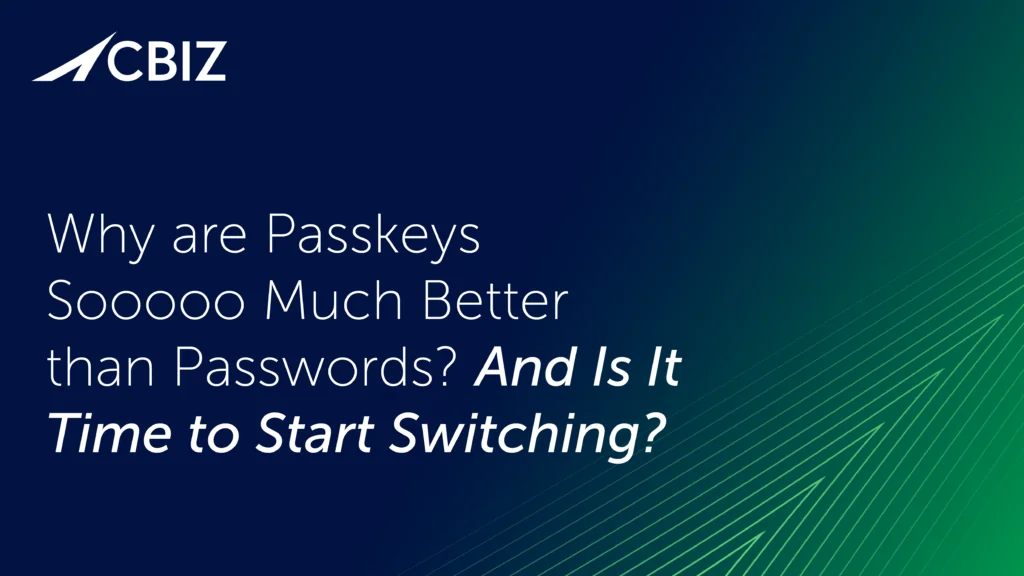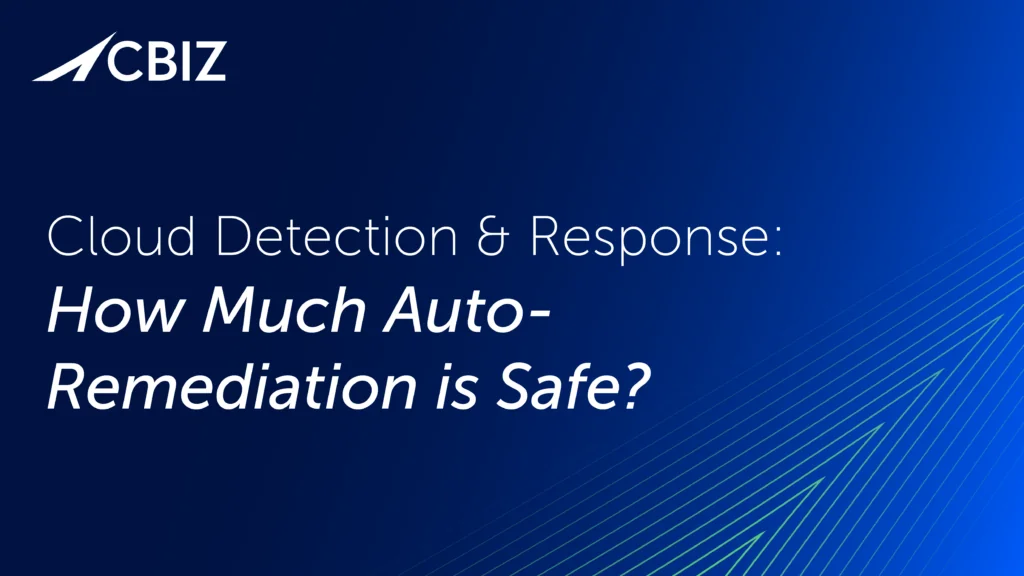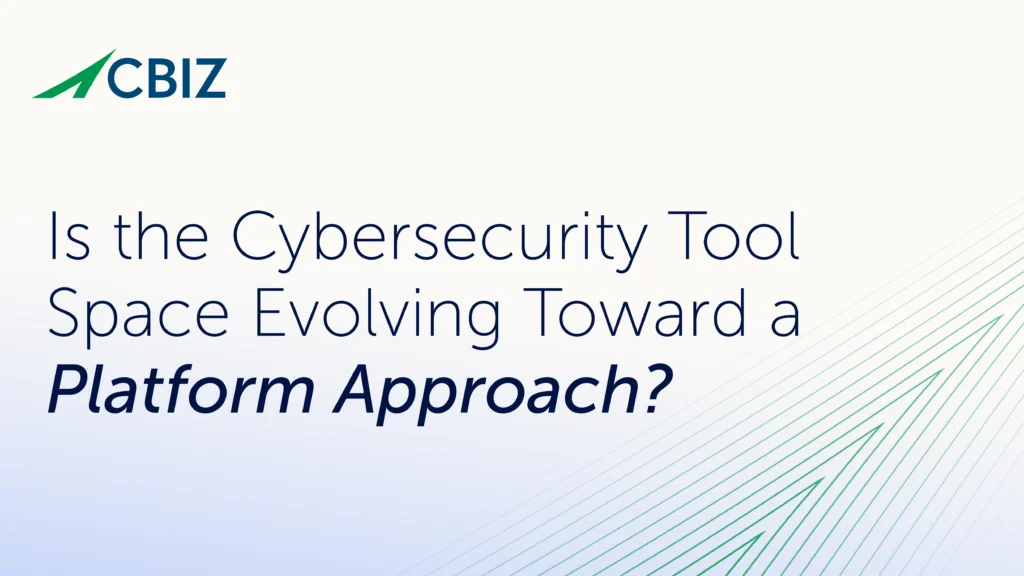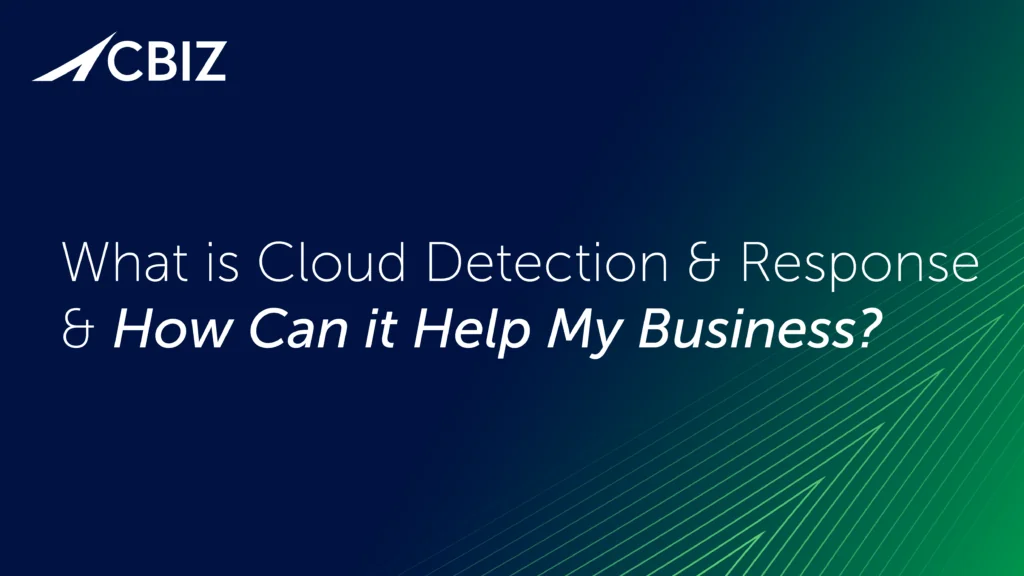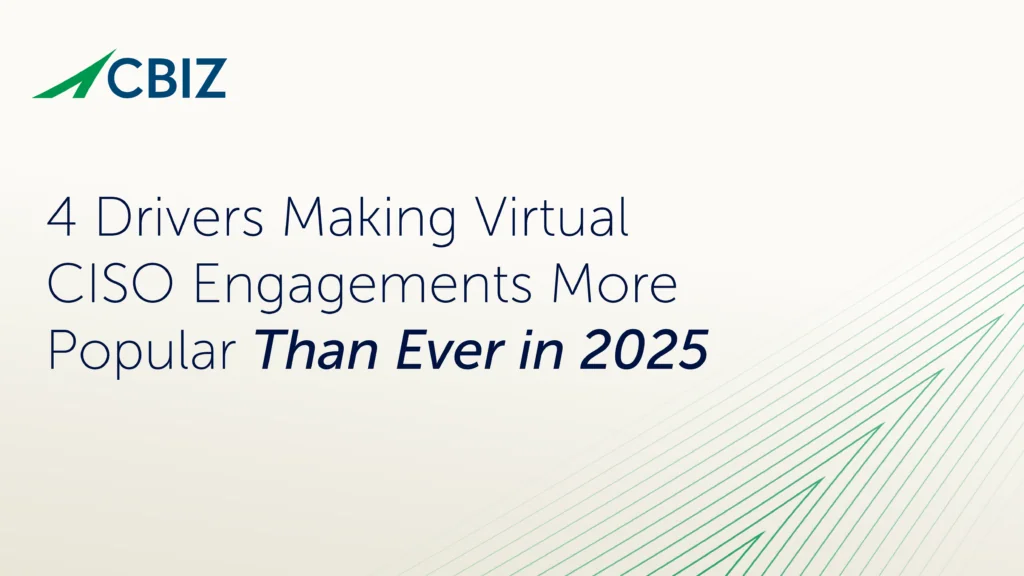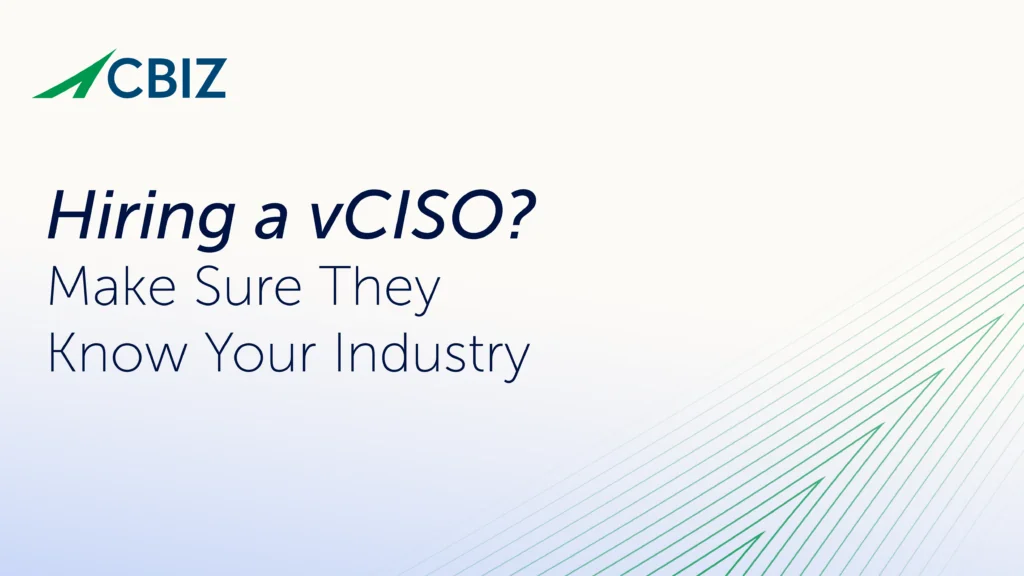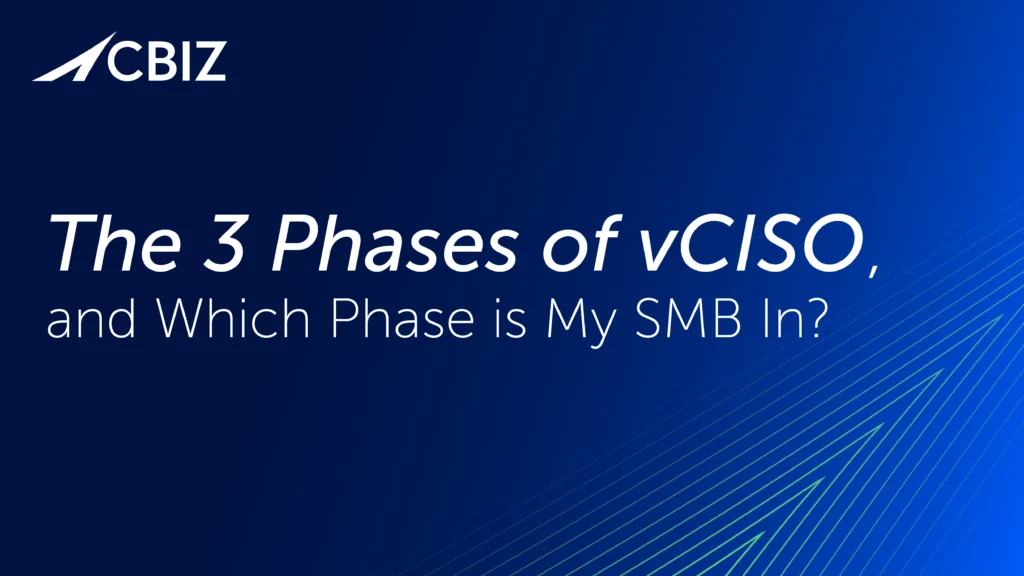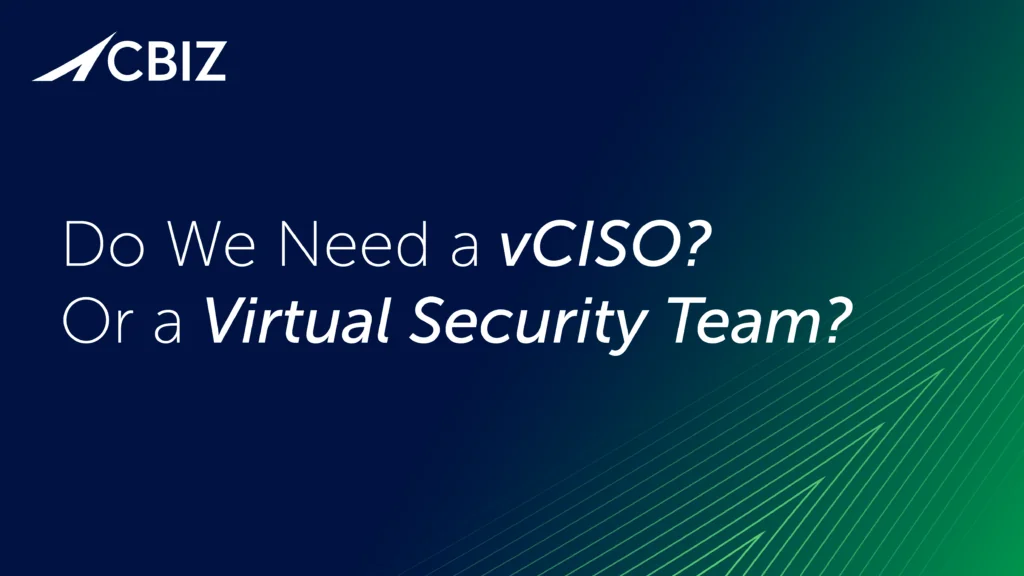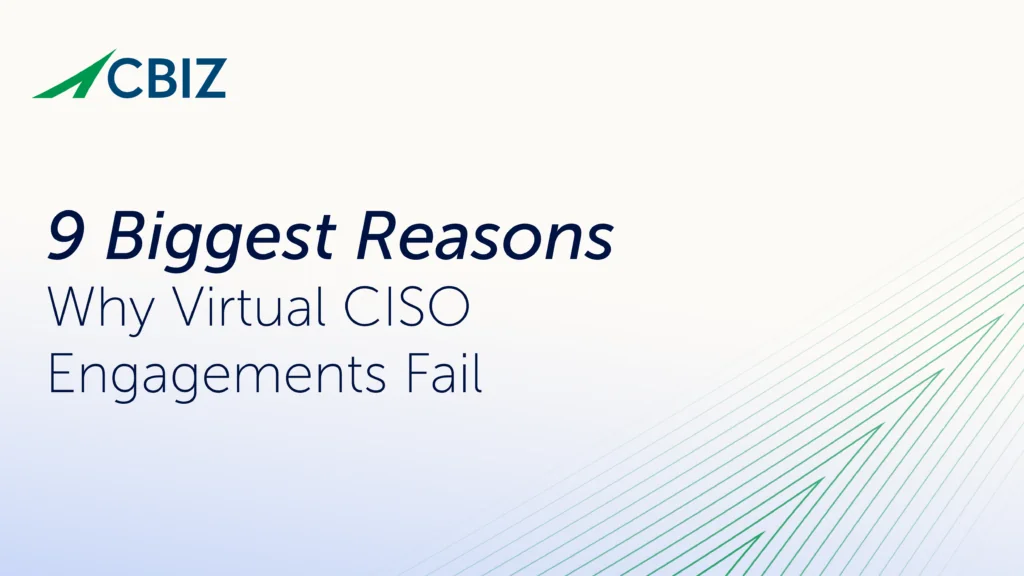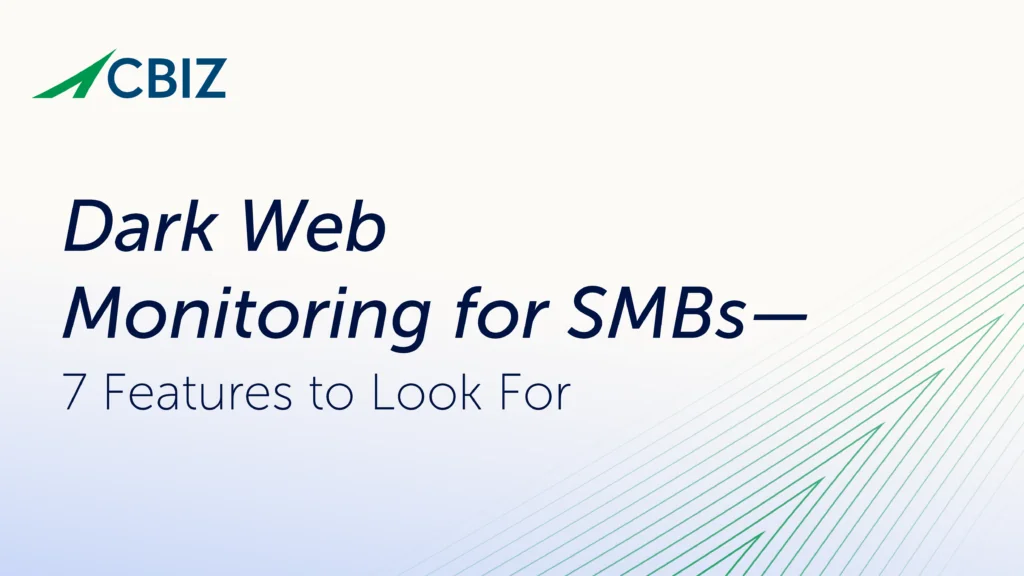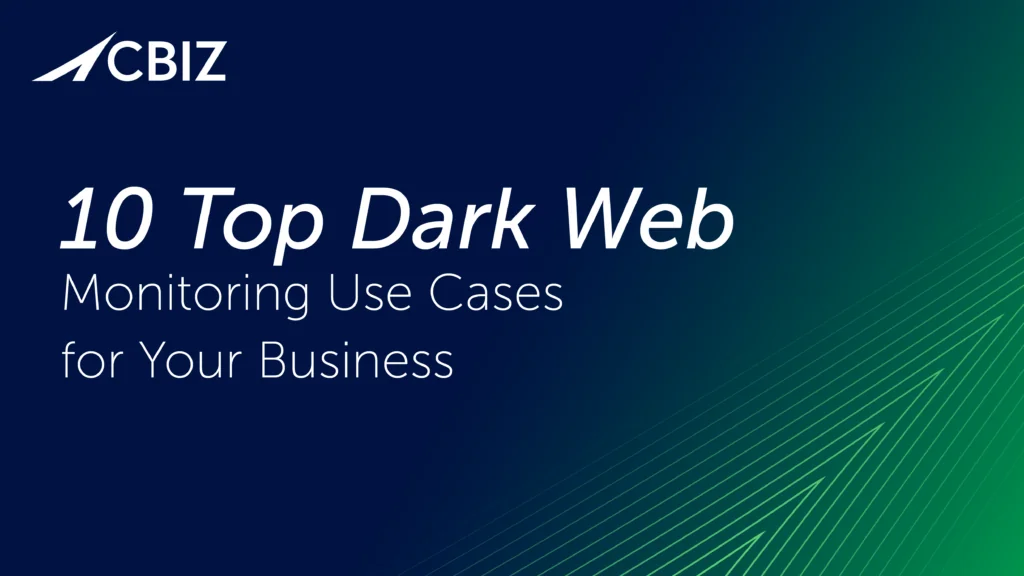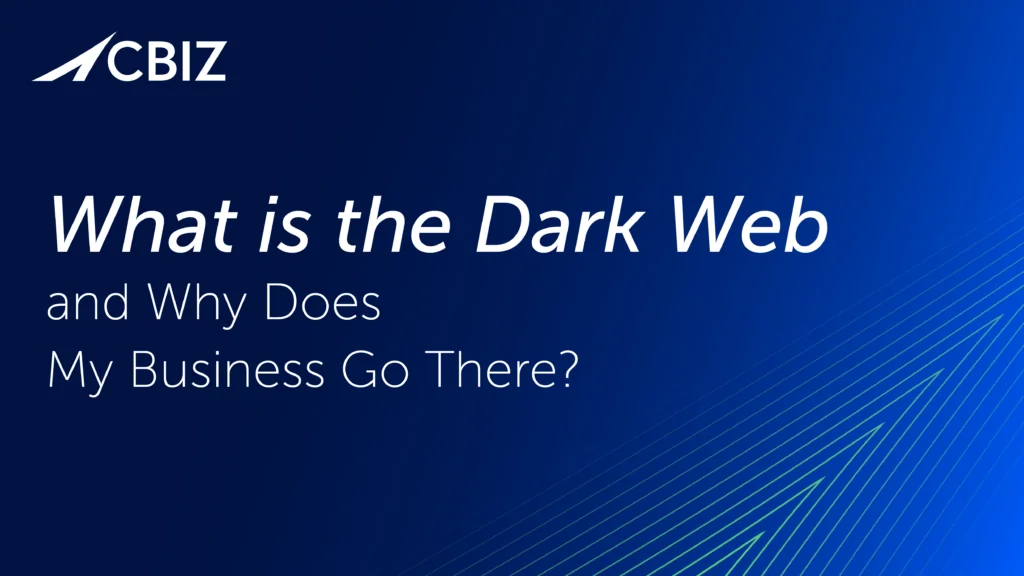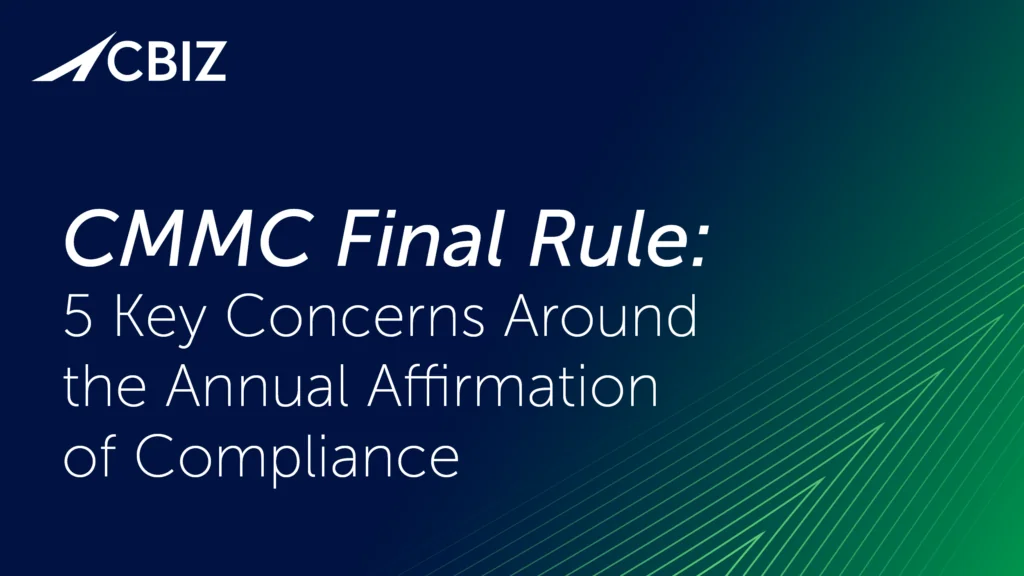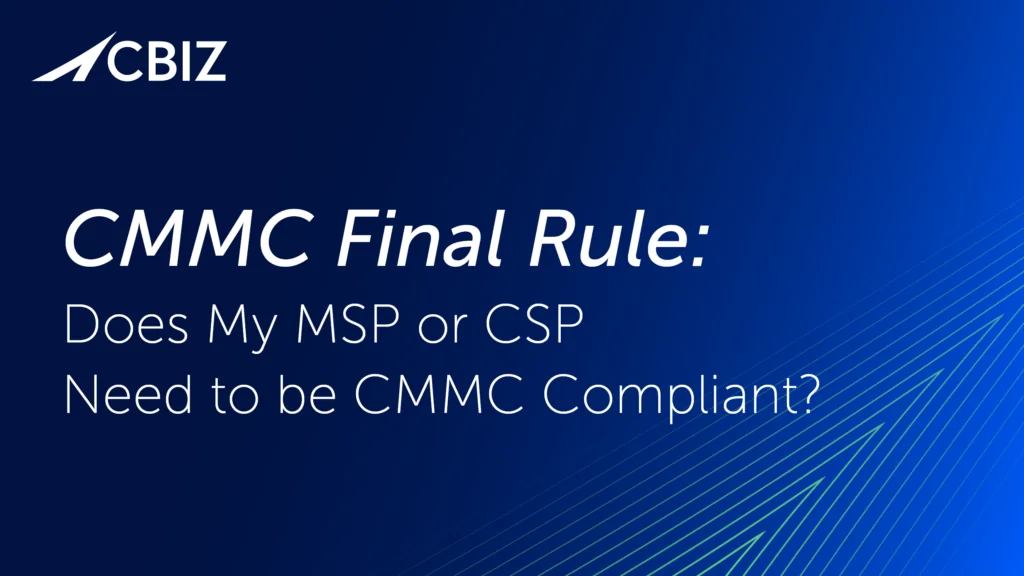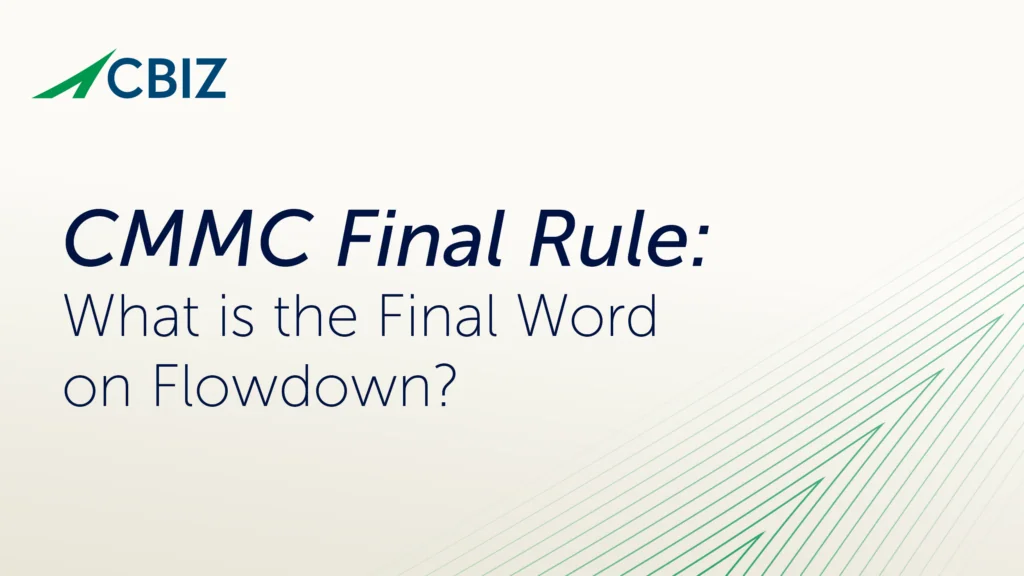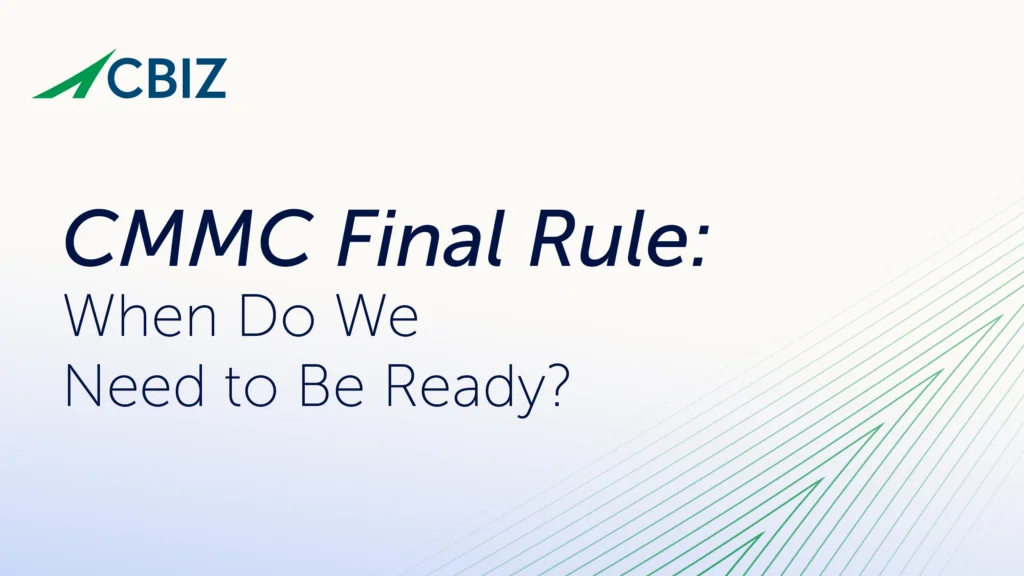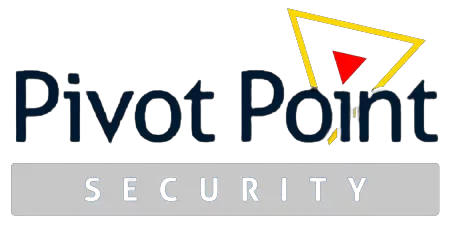Dark Web Monitoring for SMBs—7 Features to Look For
As Sun Tzu famously said in the 2,400-year-old military treatise, The Art of War, if you know your enemy and know yourself you will never be defeated in a hundred battles. Knowing your enemies’ plans as well as your own weak spots is the primary reason why so many businesses of all sizes and sectors are embracing dark web monitoring—the process of scanning the dark web for stolen/leaked data—as an integral part of their cybersecurity program.
But while most cybersecurity and IT professionals are aware of the dark web’s existence, many have not seen it for themselves and may not know how dark web monitoring can surface unique insights to help protect sensitive data.
There is a growing list of popular dark web monitoring use cases, offering detective, preventive, and/or corrective capabilities. What should your small to midsize business (SMB) look for in a dark web monitoring solution? This article covers the key considerations for business and technology decision-makers, including the top seven dark web monitoring features for SMBs.
Why is dark web monitoring important for SMBs?
SMBs often lack dedicated cybersecurity staff and are targeted by cybercriminals because their defenses may be comparatively weak. To efficiently monitor the threats environment and stay ahead of evolving attacks, SMBs need all the help they can get.
The right dark web monitoring tool can give SMBs an early warning system to spot looming risks (e.g., compromised credentials, employees’ personal data, exposed intellectual property) that may soon manifest but have not yet done so. This enables a proactive defense—potentially saving significant breach expenses and upholding stakeholder trust. Dark web data can also inform SMBs about past breaches so they can mitigate the problem and prevent further damage.
If you think, “We’re not a target,” think again! The vast majority of attacks are opportunistic, not aimed at a specific entity. Every organization is a target and even the largest and best defended enterprises inevitably are breached.
It’s only a matter of time before your business suffers a cyber incident—if it hasn’t already. Indeed, the presence of implicating data on the dark web is a common indicator that a company has already suffered a significant data breach but had not been aware of it.
“Do you want to face the ugly that’s out there and protect your organization, your profits, your family-run business that you’ve worked your ass off to build?” asks Steph Shample, Senior Intelligence Analyst at DarkOwl. “Or do you want to have an incident response later where you don’t have backups, you don’t have cyber insurance…? Realize you’re going to be a victim and ask, ‘How do I prevent it and keep it at the lowest level?”
7 dark web monitoring features for SMBs
When considering a dark web monitoring solution, SMBs should look for these key capabilities:
- Actionable threat intelligence.
Choose a dark web monitoring solution that delivers actionable threat intelligence in a form your business can efficiently apply to proactively address risks and threats. Does the solution consistently provide timely, pertinent alerts on suspicious activity? Is the data inclusive, fresh, and accurate to identify the full spectrum of potential threats? Does it minimize false positives so you can focus on actual threats? Or are you facing a “fire hose” of raw data that you can’t adequately process? - Wide monitoring coverage.
Comprehensive coverage of public and private dark web forums, chat rooms, marketplaces, and other sites will cast the widest possible net to identify relevant content. Checking a wide swath of the dark web will provide extra peace of mind that when threats to your business surface, you will be alerted to them. - Continuous monitoring.
Time is critical when your business is under cyber attack, so you need the most up-to-date information possible. Look for solutions that offer continuous monitoring and reporting. - Real-time, configurable alert system.
Coupled with continuous monitoring, real-time alerting gives you the best chance to proactively mitigate threats or block attacks with accelerated incident response. Alerts should also be available over a selection of channels, including mobile app, email, SMS text, or phone. - Customizable dashboards and reporting.
Every industry and business has different skill sets and reporting needs. A dark web monitoring tool should allow users to configure the data in the most relevant format. This could include selecting the metrics you want to see first (e.g., types of data, number of suspected threats) or the types of data you want to search for (employee credentials, payment card data, threat actor profiles). The ability to prioritize reported threats based on risk is also valuable. - Integration with other cybersecurity tools.
Especially when it comes to monitoring, cybersecurity tools must be integrated and not siloed. Choose a dark web monitoring solution that can integrate easily with your endpoint detection and response (EDR) platform, security information and event management (SIEM) system, and other threat monitoring tools. This helps consolidate cybersecurity operations to improve the scope and quality of insights while deriving more value from technology investments. - Pricing and service/support.
The cost of a dark web monitoring solution needs to fit your budget, with no surprises as your usage of the service scales up. A significant part of the value you are paying for will be technical support, training, and guidance to get the most from your investment. Does the level(s) of support offered align with the total cost? Will you have quick access to knowledgeable support staff? Can you get ongoing support to configure and use the solution optimally for your needs?
What SMBs should look for in a dark web monitoring vendor
Your dark web monitoring vendor should be a trusted cybersecurity partner that seeks to maximize your success with combating cyber threats. Important factors to consider when evaluating providers alongside their products include:
- Market reputation and experience.
Does the vendor have a proven track record with dark web monitoring for SMBs? Are positive reviews and references available? Do they have experience with your industry? - Cybersecurity posture.
Robust cybersecurity is paramount for SaaS providers, yet many have significant weaknesses that leave them—and their customers—vulnerable to attack. The most important indicators of cybersecurity excellence for SaaS vendors include third-party attestations like an ISO 27001 or CSA STAR certification, independent audits of their service environment, evidence of routine controls testing, and clear guidance for clients on shared cybersecurity responsibilities. Also look for basic cybersecurity measures like multifactor authentication for access, and data encryption at rest and in transit. - Use of AI.
Generative AI is changing the face of cybersecurity for both attackers and defenders, and dark web monitoring is no exception. How is the vendor using AI to improve the speed and accuracy of their service, detect suspicious patterns, and reduce false positives?
Is dark web monitoring worth the cost for SMBs?
The cost of dark web monitoring services varies depending on the provider, capabilities offered/selected, and your specific business needs (e.g., range of data types being monitored, ability to customize reports). Some vendors offer flexible plans to help fine-tune their solution to your requirements.
But whether a dark web monitoring solution is “worth it” for your business also depends on your ability to address some of the common dark web monitoring challenges. For example, can your IT/security team handle the “signal to noise ratio” from the tool and sort out relevant insights? Does your staff have the expertise to make good use of dark web insights? Is your overall cybersecurity posture robust enough to benefit from dark web threat data—or do you have serious vulnerabilities you need to tackle first?
Best practices to get the most value from dark web monitoring include:
- Define a solid use case as an initial step to help you choose the right solution.
- If possible, try a test run with a service before you commit. Does it have high accuracy and fewer false positives? This will also help you identify areas where you’ll need vendor support.
- Develop a plan for managing alerts so you can make informed, data-driven decisions and don’t get overwhelmed with false positives or confusing content.
- Think ahead about the reports you’ll need and whether the solution can deliver useful reporting for your needs.
- Regularly re-evaluate and update your dark web monitoring parameters.
- Stay connected with industry peers through information sharing and analysis centers (ISACs) and other cyber threat intelligence resources for your industry.
What’s next?
For more guidance on this topic, listen to Episode 146 of The Virtual CISO Podcast with guest Steph Shample, Senior Intelligence Analyst at DarkOwl.





